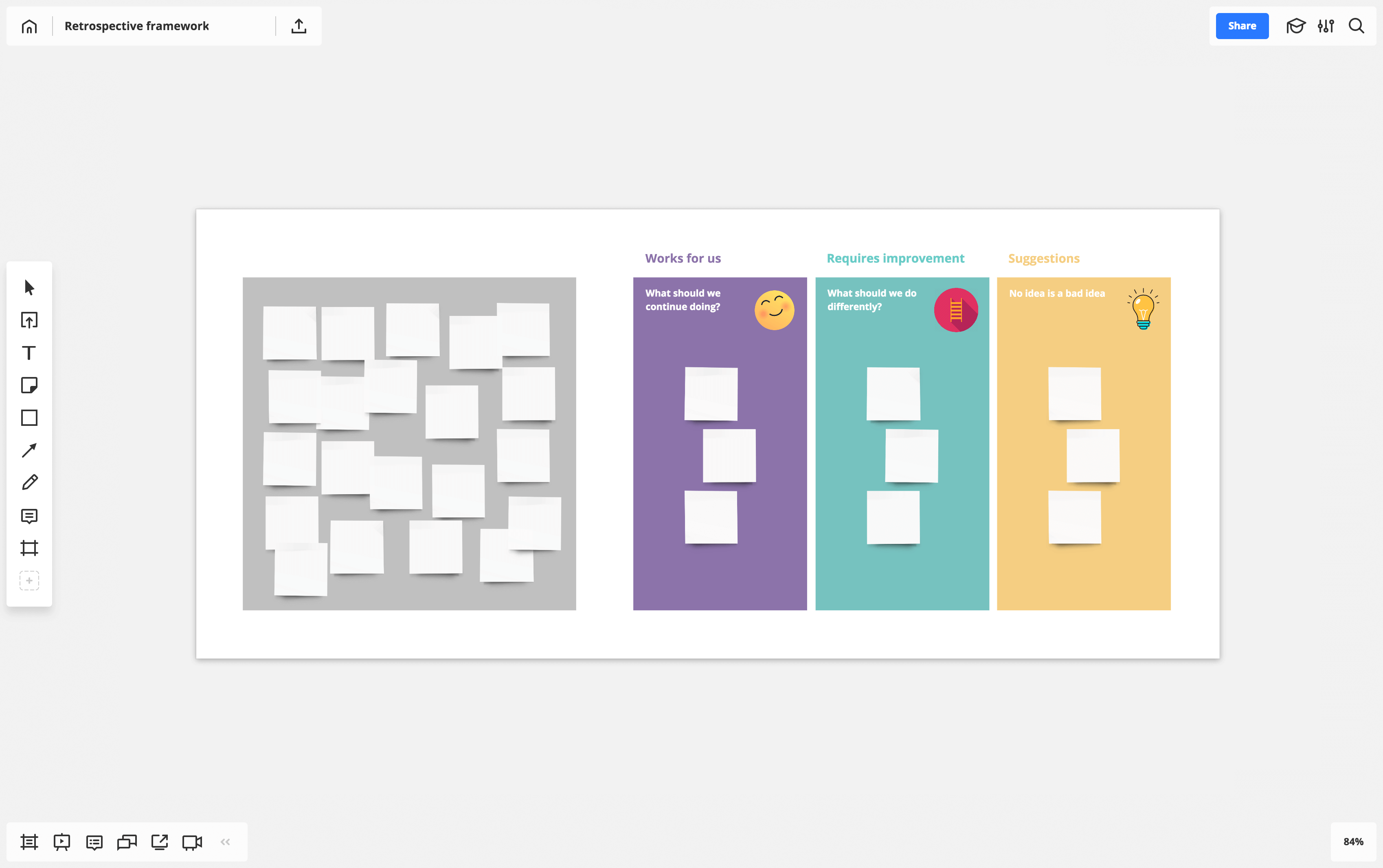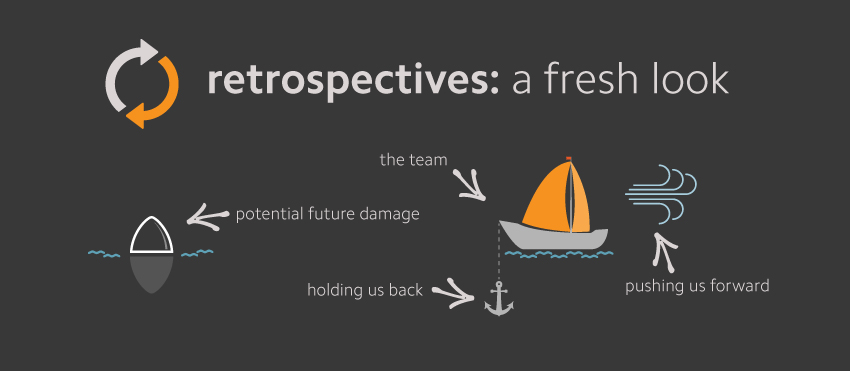

This agenda outlines the seven steps that you will be taking to achieve your goal: Be it a Scrum retrospective meeting, a meeting about project risks or even a project kick-off meeting, I use and strongly suggest the following agenda structure.
Retrospective how to#
I start by introducing the seven steps agenda, with a structure on how to think about, prepare, and organize the meeting. This article gives you a glimpse of what you’ll find in the FunRetrospectives book, a toolset of activities to add to your retrospectives!

You can do that by having amazing, effective and fun retrospectives.

How to transform a group of people into an effective team? The key to continuous improvement is keeping participants amused and providing a setting where they can reflect, discuss and have fun. The group will continuously seek the best balance for everyone’s contribution toward a common goal. Over time, the group will tune up its ability to work together. These moments may be recurring, and keeping the enthusiasm is the key for maintaining the team effective. As the team progresses after formation, team members may face moments in which they’ll want to reflect and analyze the past or imagine and prepare for the future. It takes time to create bonds between colleagues this time can be shortened with the appropriate setting. However, a group of people does not turn into a team overnight. It’s directly related to the group’s ability to make the best use of the individuals’ skills. The team’s effectiveness depends on the members’ capacity to work together. This article helps you with two things: one, planning and structuring your retrospective agenda and two, it provides you with a sample agenda and few activities to avoid boring retrospectives.Ī team is a group of people focused on a common goal, in which each individual adjusts their actions, habits and work preferences in order to achieve the group’s common goal.


 0 kommentar(er)
0 kommentar(er)
